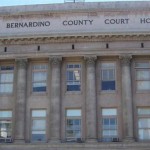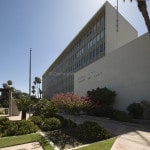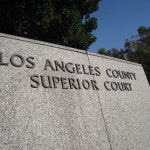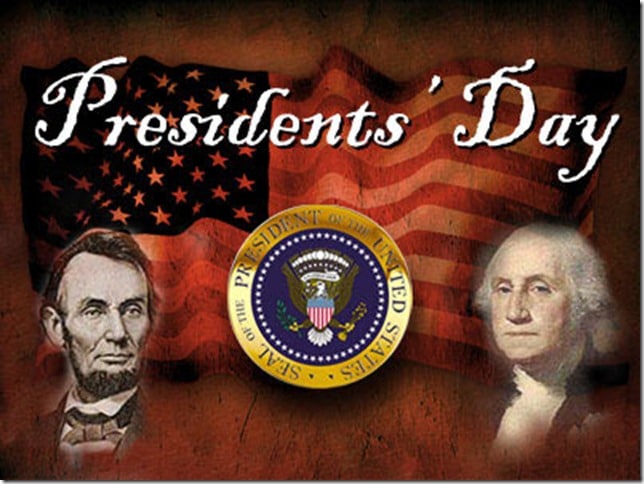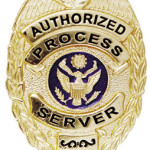SAN BERNARDINO COUNTY SUPERIOR COURT CLOSURES
Beginning on May 6, 2013, San Bernardino County Superior Court closures and reduced hours plan will take effect.
Barstow court will be open Tuesday, Wednesday and Thursday.
All civil cases will be filed in the San Bernardino Central branch.
All unlawful detainer, small claims and traffic cases will be filed in the Barstow branch.
All family law and criminal cases will be filed in the Victorville branch.
Big Bear branch court will close.
All civil cases will be filed in the San Bernardino Central branch.
All family law, unlawful detainer, criminal, small claims and traffic will be filed in the Victorville branch.
Needles branch will close.
All civil cases will be filed in the San Bernardino Central branch.
All family law, unlawful detainer, small claims and traffic will be filed in the Joshua Tree branch.
All criminal cases will be filed in the Victorville branch.
ALL Victorville civil cases will be reassigned to the San Bernardino Central branch.
ALL San Bernardino Central unlawful detainer cases will be reassigned to the Fontana branch.
FOR MORE INFORMATION FROM SAN BERNARDINO SUPERIOR COURT ABOUT THESE CHANGES, CLICK HERE
As always, Attorney’s Certified Services is here to help you through the process and answer any questions you may have. Give us a call at (888) 514-5067, we’d love to help.
Sincerley,
Chad Barger, President
and the ACS Team
